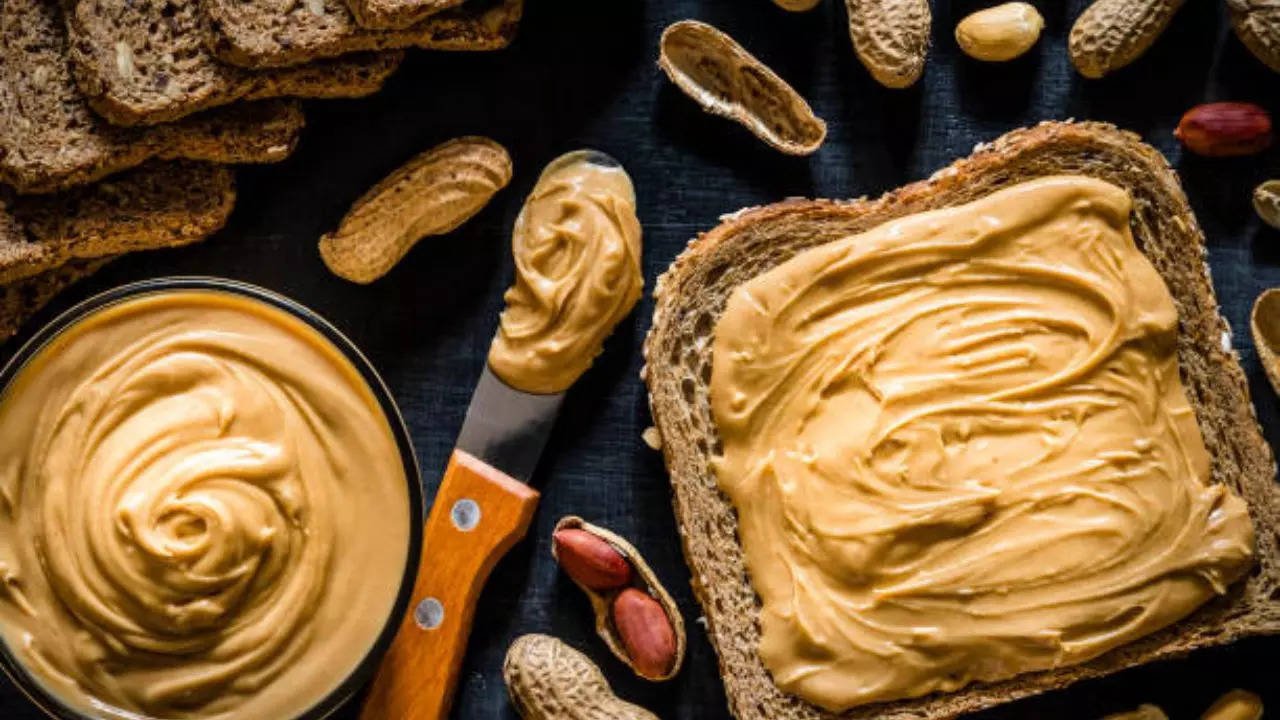Peanut butter is a popular spread and a good source of protein. But according to a controversial Australian naturopath, peanut butter can be dangerous, especially in children, as it is high in aflatoxins, which can cause liver disease and cancer. Read on to find out more.
Aflatoxins found in peanuts can cause both acute and chronic poisoning, leading to acute liver damage, cirrhosis and even death.
Peanut butter is said to be one of the most nutritious and protein-rich foods, being rich in iron, magnesium, vitamins B6 and E. Potential benefits of peanuts and peanut butter include regulating blood sugar and cholesterol, and maintaining heart health. However, this crunchy spread may also cause liver damage and life-threatening cancer.
According to controversial Australian naturopath Barbara O’Neill, the aflatoxins in peanuts can cause both acute and chronic poisoning, leading to liver damage, cirrhosis and even death. She said there was a worrying trend in the Philippines, with children as young as eight years old suffering from liver cancer.
Aflatoxin is a type of toxin caused by a fungus. Aspergillus Aflatoxins occur naturally in hot and humid climates. They are known as silent killers because they do not alter the taste of food. Aflatoxins are responsible for up to 28% of liver cancer cases. They also lead to stunted growth and immunosuppression in children. Aflatoxins are not easily broken down during normal cooking processes and aflatoxin B1 is classified as a human carcinogen.
Experts say half the world’s population is chronically exposed to high levels of aflatoxins in peanut butter made from moldy peanuts consumed by millions of people.
This is because peanuts grow underground. AspergillusAccording to the National Cancer Institute, while there have been no reported cases of aflatoxin-related illness in most areas, there are concerns about the long-term health effects of aflatoxin, especially in developing countries.
Other risk factors for liver cancer
Other risk factors associated with liver disease and cancer include:
alcohol
Drinking too much alcohol increases the risk of liver cancer and cirrhosis, or scarring of the liver. Obesity, also known as “beer belly,” is another risk factor.
Certain medical conditions
Several medical conditions also increase your risk, including diabetes, nonalcoholic fatty liver disease, and hemochromatosis (which occurs when too much iron builds up in the body).
Additionally, both hepatitis B and C can lead to cirrhosis of the liver and significantly increase the risk of liver cancer. Sub-Saharan Africa and Southeast Asia have high rates of hepatitis B and C infections due to low vaccination rates, low use of disposable needles and medical equipment, and the common practice of reusing acupuncture needles.
Statistics show that liver cancer is more prevalent in men than in women. The reason is unclear, but it may be related to the influence of male hormones during puberty and growth. There is no direct link to testosterone.

